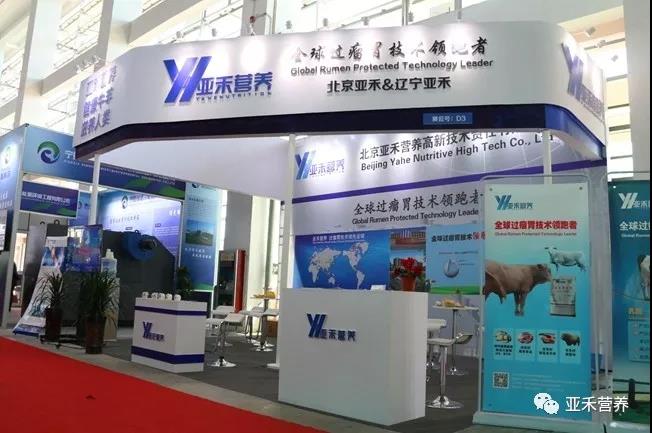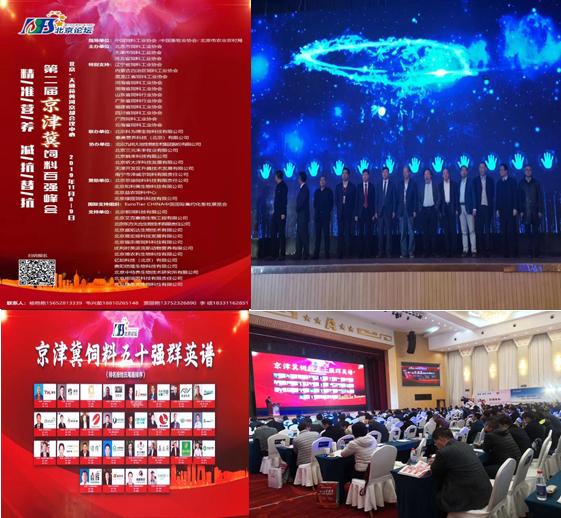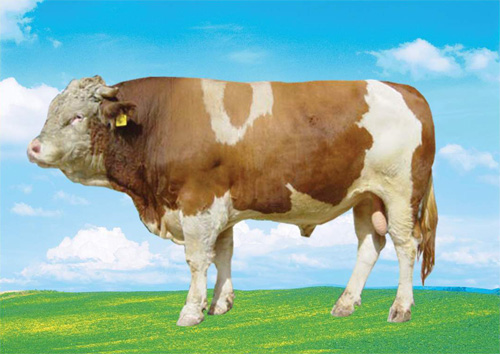It is becoming more and more difficult for feed companies to win now, and production capacity is definitely not the most important, because if you want to expand, you can get production capacity at a low cost, which is more cost-effective than building your own, and it is a light asset. So, what are the key points for feed companies to grasp now and in the next 10 years?
1. Technical advantages
Many people say that the products in the feed industry are now homogenized. Are they really homogenized? It depends on how you look, whether you look at it from a distance of 100 meters or with a magnifying glass. Based on my understanding of the feed industry, product differentiation is still very large. The technical force is behind the differentiation. Many companies claim how powerful its R & D is, how many Ph.Ds, and which universities they cooperate with. Is this really the case? I haven't seen a few companies that actually have R & D. Several formulators are thinking about it. It is good to be able to go to the farm a few times. The power used in R & D is extremely limited. Most of the so-called research institutes and research institutes are just a brand and a set of lists. There are not really few companies engaged in R & D, but few. The technology of the feed industry still has a lot of scientific space to explore. The Dutch SFR Feed Research Institute has been in existence for more than 80 years, and its main research areas include feed evaluation systems, various animal feed ingredients evaluation, and the impact of feed technology on nutrition utilization. Friends who say that feed products are homogenized can take a look at this institute and it will refresh your knowledge.
I am wondering why some big companies do so mediocre products. The reason is that they like to take shortcuts. In the past, they paid attention to capital, marketing, and business models, and ignored the value of technology. Because technological research and development requires investment, it takes time, and input and output are slow, but technology is a company's core competitiveness, especially in the field of production materials. Those who can truly obtain a premium ability are technology-leading companies.
2. Cost advantage
Feed is a means of production, and means of production is one of the three elements of productivity. The means of production is to add value through production, and production efficiency is the key. In the animal husbandry industry which is becoming more and more industrialized, what we want to fight is not the price, but the cost. The cost capacity determines the competitiveness of the enterprise.
Feed companies should focus on the following six aspects when constructing cost advantages:
(1) Reduce costs through technological progress;
(2) Reduce costs through procurement scale and capacity;
(3) Reduce costs through management efficiency;
(4) Reduce costs through marketing efficiency;
(5) Reduce costs through financial financing and management;
(6) Calculate cost reduction through investment.
We found that the enterprise is not necessarily strong, it is reflected in the cost ability. We even see that the scale of several million tons has no scale advantage, that is, the cost control ability is poor.
3. Mechanism innovation
Of course, running a business by cost control is not enough, because the key to business operations is people. We see that some companies have done a good job in cost control, but they have not been able to scale, and even many of their factories are limited to losses. Because it reduces the single cost, such as production costs, but the overall cost is not low. There are two prerequisites for the efficiency of employees because of the failure of the mechanism and the lack of motivation of employees. The first is confidence, which determines courage and solves the problem of daring to challenge yourself; the second is the mechanism. The mechanism solves the problem of why it is done, and it essentially solves the problem of wanting to do it.
We analyzed the companies that have developed rapidly over the past five years and found that many are due to the innovation of the mechanism. The mechanism does not bring about the improvement of ability, but the improvement of human subjective initiative. Why are many large companies now lifeless? Because the mechanism is aging, it no longer meets the needs of employees in modern society. Employees want to start a business, want to create, want to realize self-worth, want to develop quickly rather than rank by capital, not to help. How to solve the accumulated defects of enterprises through mechanism innovation and stimulate the vitality of employees is the mission of mechanism innovation.
Why are many companies unable to retain excellent talents?
(1) The boss has no spirit of sharing;
(2) The treatment is not competitive;
(3) Employees lack a channel for rapid development.
(4) The evaluation mechanism is unfair;
(5) Dissatisfaction of employees with supervisors;
(6) The working environment is not good.
The root of is the hindrance of sharing mechanism, assessment mechanism, promotion mechanism and growth mechanism. Therefore, many excellent talents of large enterprises have run away, and the rest are likes to live together. On the surface it is a problem of corporate culture, but it is essentially a problem with the mechanism.
4. Service ability
In the market competition of means of production enterprises, there are two areas where the shortcomings meet, one product capability (technical advantage + cost advantage), and one service capability. The single product competitive advantage includes technological advantage, differentiation, and price advantage. Enterprises with service capabilities are more likely to establish customer stickiness and competition barriers. Our survey in a southwestern province found that some enterprises have achieved annual sales of 4 million tons, but their profitability is still less than 1 million tons. Later, after an in-depth study, we concluded that the 4 million ton is based on scale advantage and price advantage, but the gross profit margin is very low, which is lower than the national average. The one with less than 1 million tons has a strong technical service team and systematic customer breeding performance improvement capabilities. They help the farm to improve the breeding performance to gain the trust of customers and generate a certain premium.
Service capability is not simply the ability to make customers emotionally happy. First of all, it is the ability to maximize the use value of their products. However, it is through the use of technology and service methods to enable customers to reduce comprehensive costs or improve efficiency. Generally, the service ability for direct users is reflected in cost reduction; while the service value for distribution channels is reflected in helping him improve business performance. These are two directions, but they all go the same way.
5. Business model innovation
The change of business model has a huge impact on the enterprise, so the change of business model is strategic level, so we should pay attention to it. This emphasis is on continuous research and practice, but it cannot be easily pushed to the past business model and hastily and rashly promoted the new business model.
Our previous case also mentioned that "OFO small yellow car", "Mobike" and "Didi Taxi" are all innovative business models. These companies and entrepreneurs have entered the industry subversively with the innovation of business models. , Changed the pattern of the entire industry.
The business model of the Chinese feed industry has always been very simple, that is, simple production, processing and sales, both upstream and downstream. Management guru Peter Drucker said a long time ago: "The future competition between enterprises is not competition between products, prices and services, but competition between business models." What is the business model? It is the transaction structure between the enterprise (management entity) and stakeholders. It can be said that any kind of business is a business model, but business has different approaches. There is a saying: "Wool comes out of the dog, let the pig pay." This actually describes a business model. Our most traditional business model is who buys and pays, but now there are many changes, and sometimes people who buy things do not necessarily have to pay for themselves. Of course, the topic of a business model is a very large category, which cannot be fully elaborated in this article alone. But it is clear that the feed industry is already moving towards supporting and subordinate status of large agriculture and animal husbandry, which itself has driven the transformation of business models.



.jpeg)

